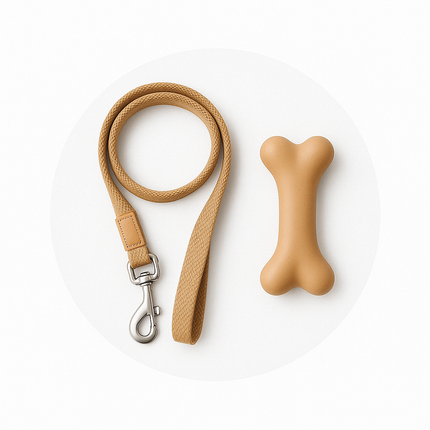pH meter for water and other liquids
€9,99
Description
Electronic acidity (pH) meter for water with ATC function (liquid temperature compensation during measurement). Equipped with an easy-to-read LCD screen and physical switches and calibration buttons. The convenient protective cap also indicates the tester's immersion level. Automatic shut-off function saves battery power. The device is very easy to use (simply immerse it in water up to the scale limit and read the indication on the screen). The set includes packets for preparing standard solutions (to facilitate tester calibration).
- Perhaps each of us would be interested to know the acidity or alkalinity of water, as the quality of drinking water depends on it. Therefore, today we offer a pH meter for water and other liquids.
- pH (hydrogen potential) is a measure of the concentration of hydrogen ions (H+) in a solution, indicating the acidity or alkalinity of the solution.
- This meter is also ideal for those with home aquariums, as certain fish require specific pH levels to be maintained, which is crucial for the longevity of aquarium inhabitants.
Set Includes:
- pH meter;
- 3x 1.5V batteries;
- Plastic case;
- Screwdriver;
- Solution powder pH 6.86@25C
- Solution powder pH 4.01@25C
Specifications:
- Power: 3x 1.5V;
- Usage time on full charge: approx. 700 hours;
- Weight: 51 g.;
- Dimensions: 150x29x20mm;
- Measurement range: 0.0 to 14.00 pH;
- Temperature measurement range: 0-50 C;
- Accuracy: +- 0.1 pH (at 20 C);
- Humidity limit: <95%;
PH CALIBRATION
Immerse the electrode in pH 6.88 (temperature approx. 25 degrees Celsius) standard phosphate solution and gently stir the electrode.
Adjust the device with a screwdriver until the solution value corresponding to the measurement temperature is obtained.
Immerse the electrode in pH 4.01 or pH 9.18 standard borax solution.
For approximately one minute, until the buffer solution value corresponding to the temperature is obtained.
NOTE
The device's PH range needs to be recalibrated when:
The electrode has not been used for a long time since the last calibration.
The electrode has been used under particularly aggressive conditions.
Maximum accuracy is required.












